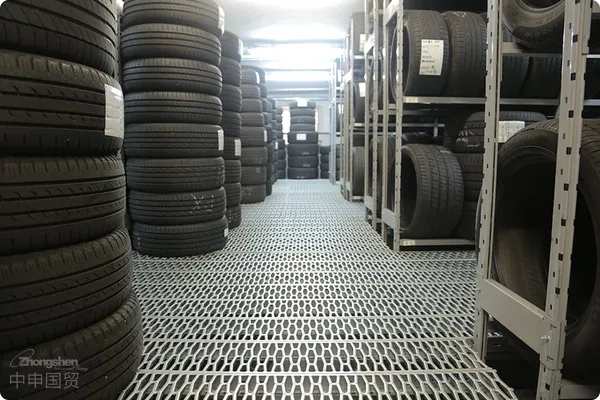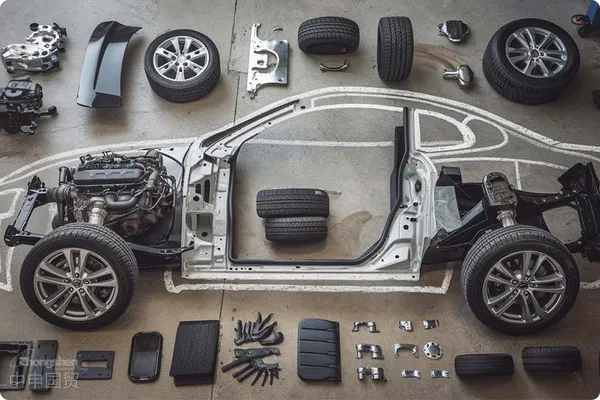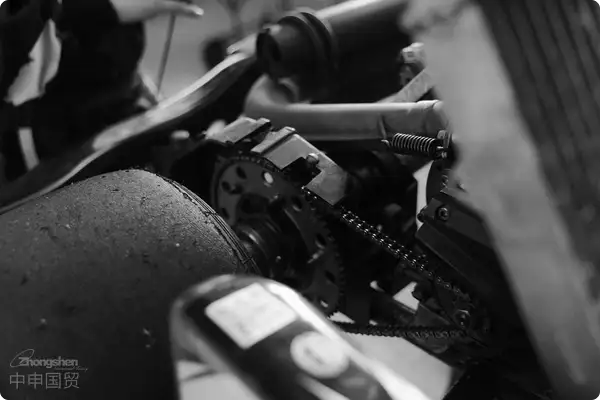- Shanghai Zhongshen International Trade Co., Ltd. - Two decades of trade agency expertise.
- Service Hotline: 139 1787 2118
With the recent Russia-Ukraine conflict, European and American tire manufacturers have successively withdrawn, dealing a significant blow to Russias tire supply and creating a noticeable supply gap. Facing this vacuum, Chinas tire industry has found an opportunity and begun large-scale entry into the Russian market to fill this gap. However, tire products entering the Russian market require EAC certification. This article aims to provide detailed knowledge about applying for EAC certification for tires, serving as a reference for export enterprises.

Definition of EAC Certification
EAC certification originated from the agreement On Common Principles and Rules of Technical Regulation in the Republic of Kazakhstan, the Republic of Belarus, and the Russian Federation signed by Russia, Belarus, and Kazakhstan on 20101 18. Later, Armenia and Kyrgyzstan also joined the organization. The certification body for EAC certification is registered with the Customs Union, and the certification mark is the EAC mark.
EAC Certification Process
(1) Prepare and submit application materials;
(2) The certification agency accepts the application and reviews the materials;
(3) After approval, provide a draft certificate;
(4) Confirm the draft and officially issue the certificate;
(5) Affix the EAC mark to the product.
III. Key Considerations for EAC Certification
(1) EAC certification is mandatory and serves as the unified certification system after the establishment of the Customs Union.
(2) Applying for EAC certification for tires requires factory audits and product testing. However, with an existing ECE certificate, factory audits and product testing can be waived. The certificate holder must be a Customs Union enterprise and act as the products quality guarantor.
(3)foreign tradeCompanies can independently apply for EAC certification. It is recommended to keep the certificate separate from the factorys to avoid cross-impact on market sales by importers.
(4) Applying for EAC certification for tires requires providing the manufacturers system certificate and the corresponding ECE R30/R54 and ECE R117 certificates for the specified specifications.
(5) In EAC certification, the agents role is to provide quality assurance for the products listed in the certificate.
(6) Under normal circumstances, the EAC certification process takes about two weeks.
(7) The validity period for tire product certificates ranges from 1 to 4 years. Certificates valid for more than 2 years require annual audits.
(8) Once issued, EAC certificates cannot be modified. If specifications need adjustment, a new application is required.
In summary, applying for EAC certification is a crucial step for Chinese tire exporters entering the Russian market. Understanding the definition, process, and key considerations of EAC certification is essential for enterprises.
Related Recommendations
? 2025. All Rights Reserved. Shanghai ICP No. 2023007705-2  PSB Record: Shanghai No.31011502009912
PSB Record: Shanghai No.31011502009912









